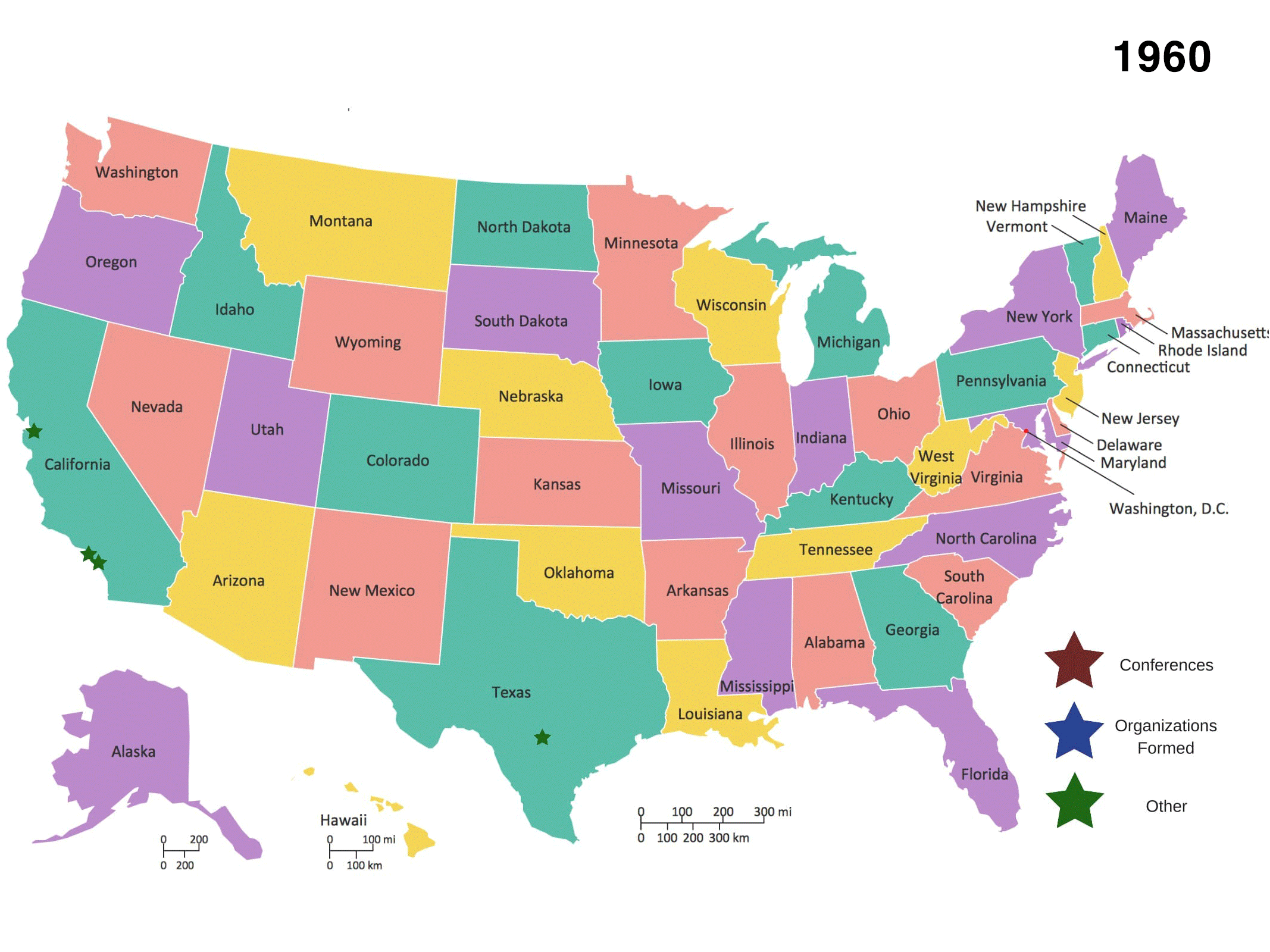Title is the Person’s Name - Alicia Escalante
Tagline - Quote if available
Quote if available
Biography goes here
Chicana Diasporic, A Nomadic Journey of the Activist Exiled, is a media rich, annotated Scalar research hub that highlights a political/ideological journey of the women of the Chicana Caucus of the National Women’s Political Caucus (NWPC) from 1973 to 1979. Presented in a museum collection format, this interdisciplinary exploration of the Chicana Caucus includes speeches, correspondence, event posters, photographs, filmed interview clips, an introductory narrative and timeline that defines the Caucus’ history, structure and purpose, and their national impact on 1970s second wave feminism.
Materials provided for Chicana Diasporic are the result of an eight-year recovery project, the Chicana Por Mi Raza Digital Memory Collective and will be the first scholarly research hub created from materials housed in this digital repository.
A Woman and Chicano Venn Diagram: Chicanas existing in the space between two movements.
A Woman and Chicano Venn Diagram: Chicanas existing in the space between two movements.
In 1973 the Chicana Caucus is officially sanctioned as a special interest caucus at the NWPC conference in Houston, Texas and continues through the 1979 NWPC conference in Cincinnati, Ohio when the last Chicana Caucus chair is elected. The ideological diaspora for Chicanas is required as a need to create a cultural and political space to work, forced upon them as a result of their expulsion from two ideological communities because of gender (Chicano movement) and race (White Feminist movement). The expulsion presents itself as blacklisting, underfunding, and exclusion from leadership, (certainly from spaces of power and agency) or, in some instances as access to membership with agency within organizations. This group of Chicana/Latina women create a space outside of both worlds, but like the combined space in a Venn diagram, it is understood and agreed upon as a forced existence between both worlds.
The diasporic, while actual is defined as ideological so that I do not disrespect or in any way offer a cultural appropriation of the idea of African or Black diaspora or more generally, any journey of a people from a native space to a foreign one that results in exile from the original space. I hope that by describing this journey as an ideological diaspora my audience will better understand the purpose for such a migration along with the power and necessity required of the activist life in exile experienced by these women.
Click to visit Chicana Diasporic!
https://chicanadiasporic.org/journey/chicana/index
Visualizations like timelines and maps allow researchers and educators an opportunity to understand the period examined in the Chicana or mi Raza Digital Memory Collective as a broad spectrum of interconnected events, organizational networks, and political mobilizations. The information on the historical events documented in these visualizations have been gathered from scholarly books and articles, online resources, and through the personal memory and archives of the women in the Chicana Digital Memory Collective. The work on these visualizations has been completed by the following members of our collective: Maia Volk, Linda Garcia Merchant, Tiffany González, Rebecca Gomez, Shauna Paulson, Adonia Arteaga, Carolyn Racine
Chicana timeline:
This timeline traces the actions of Chicanas working at the intersection of the Women’s Movement and the Chicano Movement. As this timeline demonstrates, Chicanas used direct action, scholarship, and coalition building, among other strategies to illuminate their narrative at the intersection of their identities as women and Mexican Americans.
Story Maps created by Maia Volk
Chicano Movement Map:
This map represents the history of the Chicano movement, a more well known history often told from the perspective of men within the movement. Throughout the 1960s and early 1970s the Chicano movement advocated for Mexican American civil rights and empowerment. The movement was ignited through direct action advocating for farm workers rights., struggles against police brutality, and demands for equitable education.

For a guided tour through this map visit:
Chicana Movement Map:
This map traces the actions of Chicanas working at the intersection of the Women’s Movement and the Chicano Movement. Chicanas used direct action, scholarship, and coalition building, among other strategies to illuminate their narrative at the intersection of their identities as women and Mexican Americans.
Second Wave Map:
This map represents the series of events related to “second wave” feminism, a period of feminist activity throughout the 1960s and 1970s that largely focused on the struggles faced by white, middle class women. With the release of Betty Friedan’s book The Feminine Mystique in 1963 and the establishment of the National Organization for Women in 1966, second wave feminism expanded the debate on women’s rights from voting to issues of family, employment, and reproductive rights.



